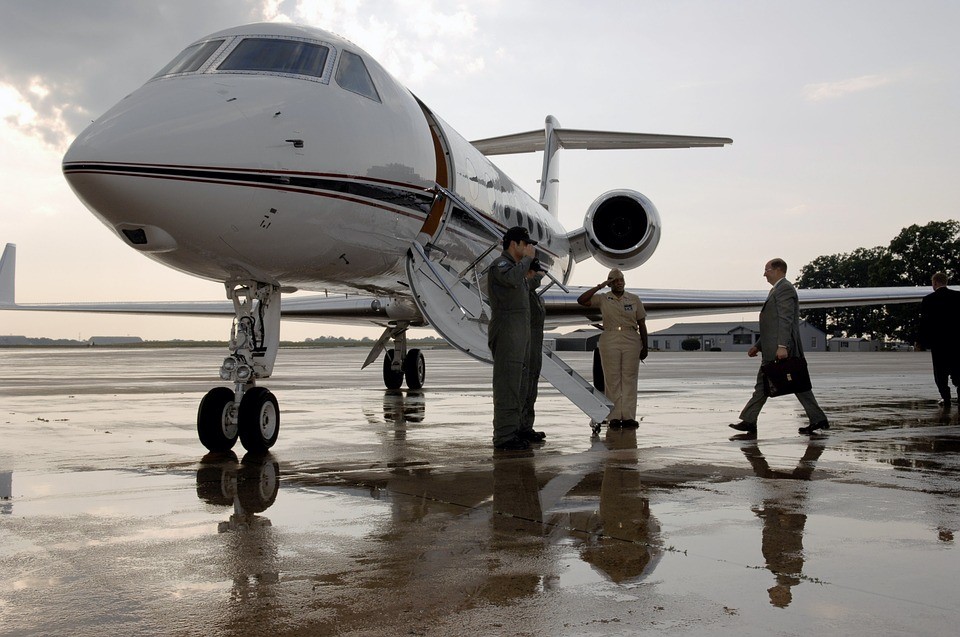Alt Investments
Aviation Finance - Potential Opportunities In Tough Markets

It is hard to imagine that there are investment and financial opportunities in the aviation industry at the moment, but the author of this article begs to differ.
One of the big casualties of COVID-19 is the world’s civil aviation industry. From time to time the editorial team examines what is going on because willingness to buy and own private jets, for instance, can be a temperature check on how ultra-high net worth individuals think about their situation. Aviation is also a guide about global prosperity and trends. (We examined the state of the market in early June, as lockdowns began to unwind.)
There are specific ways in which investors can try and play the market, and one area is aviation finance. The New York-based international asset management firm Muzinich & Co, which focuses on public and private corporate credit, has this commentary. It comes from Alok Wadhawan, who argues that the pandemic is likely to be a catalyst for investors to access potential opportunities in an asset class that has been stable in the past.
The usual editorial disclaimers apply about contributors’ articles and we invite readers to jump into the debate. Email the editors at tom.burroughes@wealthbriefing.com and jackie.bennion@clearviewpublishing.com
Air traffic demand has collapsed in 2020 due to the spread of COVID-19 and the lockdown measures imposed in many countries. It is estimated that it will take up to three to four years to return to 2019 levels of air passenger traffic. We believe that this will result in a surplus of commercial aircraft from the largest manufacturers which is estimated to be 20 per cent of the actual commercial fleet of about 24,000 (see footnote). As aircraft are grounded, we expect that there will be a fall in aircraft value of between 5 per cent and 25 per cent depending on the type and vintage. Who will be the most affected? Most likely, it will impact the leasing companies and airlines as they are the two main owners of aircraft, but also aircraft debt or equity investors.
Over the years, we have seen aircraft finance gain popularity amongst investors, as aircraft values have been typically stable. Despite it being a depreciating asset, it is important to highlight that an aircraft typically has a long useful life of around 25 years. Moreover, there is a secondary market for these assets, meaning that they can be moved from one operator to another across geographies with relative ease. However, a fall in the value of an aircraft can result in significant losses for the aircraft owners - mainly airlines and leasing companies. Typically, however, lease contracts are non-cancellable with fixed lease rentals payable during the lease term and therefore a fall in aircraft values should not impact aircraft owners as long as the airline or lessee is solvent and fulfilling its obligations under the lease contract.
In the past few months, the effects of this crisis on economies, and particularly on the travel industry, have been felt globally with airlines seeking deferrals of their lease rentals. A deferral affects the aircraft value as the new lease rental may not be sufficient to provide any income for aircraft owners after debt repayment or, in some cases, to even cover the asset depreciation. Some airlines have filed for bankruptcy or initiated a voluntary restructuring with their lenders and lessors, while others are looking for ways to adjust their fleet size to current passenger demand. What this means is that some airlines will be likely to return aircraft at the end of their lease contracts in the next 12 to 24 months. However, a returned aircraft due to a lease expiry or bankruptcy will be difficult to transition to another operator in the current environment and therefore further affect the aircraft’s value.
This creates a surplus in the market, as potentially more aircraft will need to be transitioned, which in turn will also put additional pressure on the value of lease rentals. As a result of lower new lease rentals, aircraft values are likely to be set on a new floor. The impact of this transition will vary depending on the type of aircraft, with wide-bodies (aircraft that can accommodate two passenger aisles) or old technology narrow-body (aircraft that can only accommodate one passenger aisle), which we believe will be more impacted.
Currently, the focus has been on liquidity and survival of airlines. But, over the next 12 to 24 months, we believe that the impact will be more evident on aircraft values and, as a result, on aircraft owners. Those with high leverage (owners that have debt to finance the aircraft) and/or an ageing fleet are likely to be more impacted. For investors who are underweight in the sector or missed out on the asset class pre-COVID-19, it could be an attractive opportunity, in a relatively stable asset class, when distressed owners are forced to sell assets.
Reference:
*Source: Boeing Commercial Market Outlook and Airbus Global
Market Forecast as of 12 September 2019.